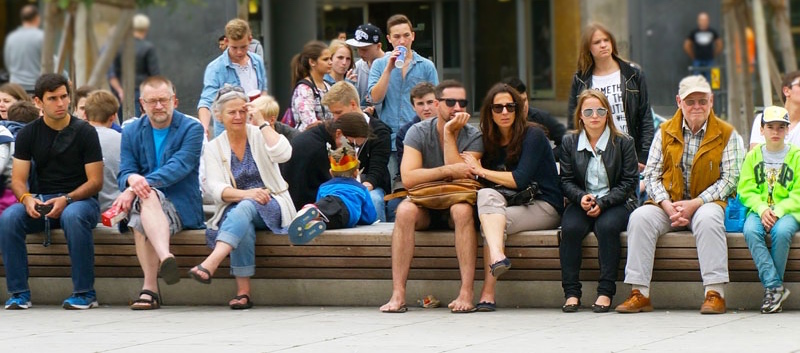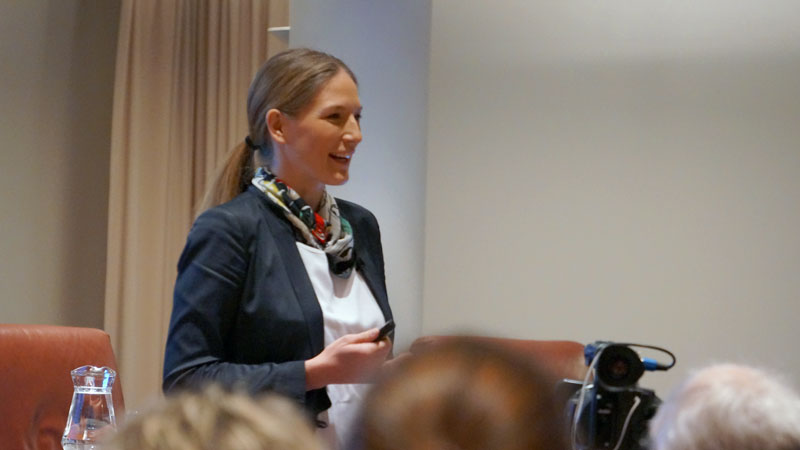I had the pleasure of attending the most prominent Finnish seminar on residential business last week. There were several interesting presentations on innovation and case studies of new ways of residential construction. Tuuli Kaskinen, CEO at Demos Effect, talked about megatrends pertaining to city living.
Kaskinen started by showing a photo of the suburb of her childhood. Back then, in the 1970s, there were several local services in the neighborhood: a convenience store, shops, and a barber. Over the years, the services vanished, one by one. Now the residents have to travel to get the same services from the city center or a large mall. Alternately, they can shop on the Internet and get goods delivered to their door.
What are the megatrends you should pay attention to?
According to Kaskinen, megatrends are things that
- Have an effect on everything
- Don’t probably go away
- Affect other megatrends
- Create trends, technologies, and industries
- Change in description but not in content
Kaskinen listed three categories of megatrends that will have an effect on cities of the future:
- Changes in technological development
- Environmental challenges
- Changing demographics
Companies should start thinking about how they can succeed in the world of 2030 or 2050 when the megatrends have turned into mainstream reality.
Changes in technology: technological planetarism
Internet and digitalization have the potential to make every business global. To demonstrate the power of the Internet, Tuuli shared an interesting tidbit on Alibaba, the Chinese online marketplace. One of her Swedish friends arranges an outdoor event every year and has rented tents from a local firm. Last year, the friend ordered the same tents, delivered to Sweden, from Alibaba for a price that was lower than the rental price for one event.
What technological planetarism means to cities is already visible in Finland. Established retailers are in trouble, and downtown shopping malls are losing customers and retailers. However, I think that office space in London will always remain popular.
Environmental challenges
There’s already development going on within the EU to radically reduce carbon emissions. The Finnish government is preparing, in collaboration with the construction industry, national guidelines for near zero-emissions buildings. This is definitely a challenge in a Northern country like Finland.
Changing demographics
We know that the age pyramid of many developed countries is heavy on the top and getting heavier. However, senior people are healthier than ever before and live longer. Young generations are also not following the paths of their ancestors. For example, the need to own a car or a driver’s license is not self-evident to generation Y.
These megatrends open up many opportunities for innovation. However, innovation is no longer something that happens within a company. Instead, it happens between companies and in collaboration with customers. 
Four winning strategies
Tuuli Kaskinen suggested the following four strategies for those who want to create value for the cities of the future:
- Whatever you build – reduce emissions to zero.
- Everything is smart – collect big data from the plethora of things that are connected to the Internet.
- Look around you – build value networks with startups.
- Do it together – co-create.
To learn more about Demos Helsinki, the leading think tank in Finland, visit http://www.demoshelsinki.fi/en/.
You can download Tuuli Kaskinen’s presentation in Finnish at asuntomarkkinat.fi.
Photos: © Aarni Heiskanen
View the original article and our Inspiration here


Leave a Reply